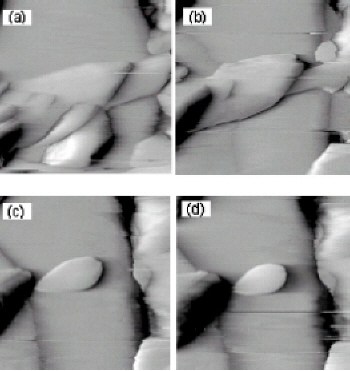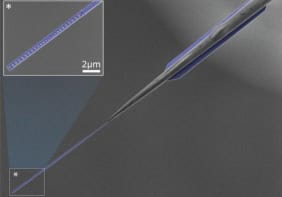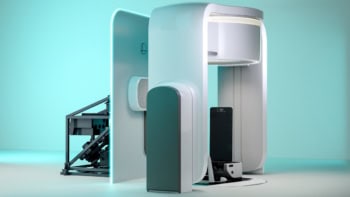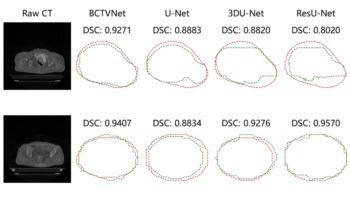Physicists in China have made a new type of atomic force microscope (AFM) that works in liquid. The device could be used to image biological samples, materials that are easily oxidized and samples in hazardous environments (D Zhang et al. 2005 Rev. Sci. Instrum. 76 053705).
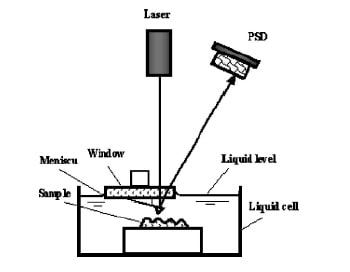
Most AFMs work in air or in ultrahigh vacuum but in some cases the sample needs to be kept in a liquid, such as biological samples that can die in air. Although researchers have made AFMs that work in liquid before, most of these devices work by placing a drop of liquid on the sample being measured, which limits the sample size and imaging rate. Now, Dongxian Zhang and colleagues at Zhejiang University in Hangzhou have made an AFM that can be completely immersed in liquid and which can image at high speeds in a wide range of corrosive solutions. Moreover, there is no restriction on the sample’s size.
An atomic force microscope works by measuring how the force between the sample and a tiny “tip” on a cantilever changes as the microscope is moved over the surface of the sample. This allows the AFM to record images with extremely high spatial resolution on the nanometre scale. The new device works in the same way as a conventional AFM and consists of a probe, a transparent window and a liquid cell made of Plexiglas, which is resistant to most acids and alkalis (figure 1).
The window allows the scientists to immerse the probe into a liquid and scan under the surface. This means that surface tension effects (which can be strong enough to damage the probe) and vibrations coming from the surface (which can affect the stability of the device) are eliminated. Zhang and colleagues were able to obtain a 400 by 400 pixel image in just 10 seconds, which compares well with the scan rates of AFMs that work in air or vacuum. The Chinese team also measured the corrosion of a sample of lead in situ and in real time (figure 2).
